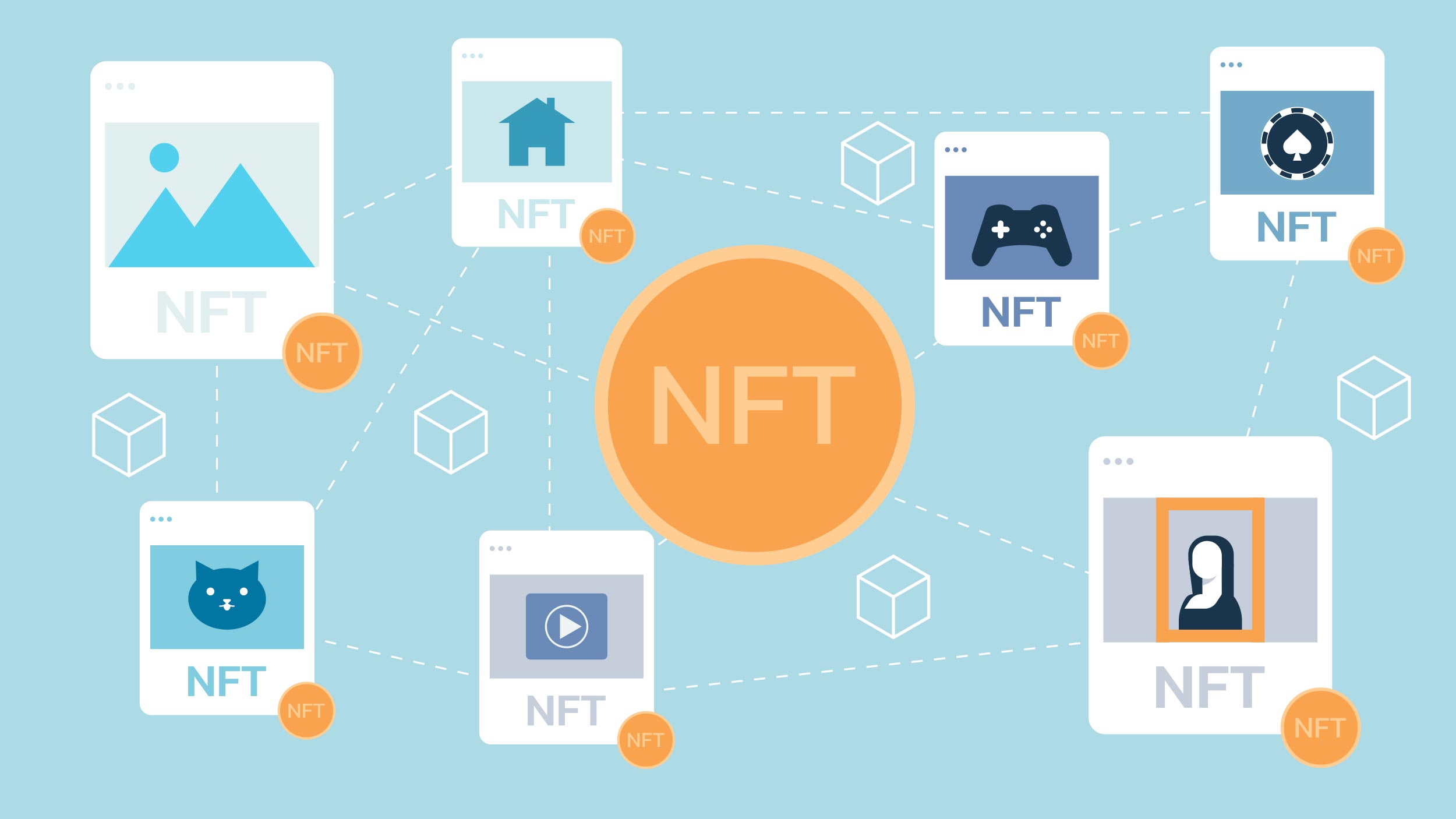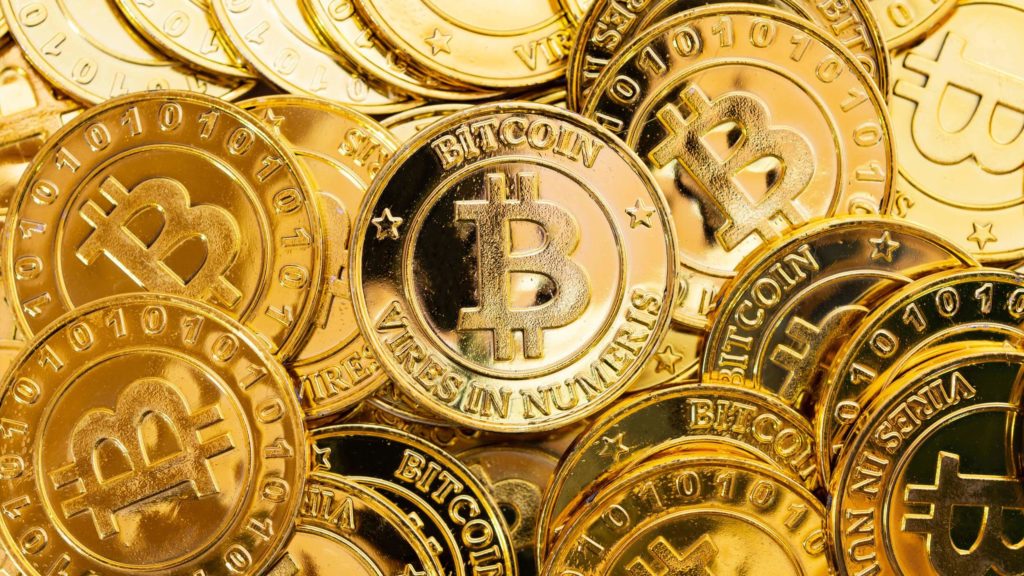Recently, you may have heard that a piece of art sold for $69,346,250 at auction with Christie’s. Was this a long lost Monet? No. Surely it was a highly coveted Rodin sculpture? No.
It was a digital photo file (jpeg). Yes, the same .jpeg you can download online for free. So why did it sell for $69MM? Enter the world of non-fungible tokens, also known as NFTs. Read on to learn more about the wild world of NFTs, including if you can buy an NFT with IRA or 401k funds.
What is an NFT?
NFT stands for non-fungible token. Fungible means you can replace or interchange any one unit with another. US Dollars are fungible. Ounces of gold are fungible. Even Bitcoin (BTC) and other crypto assets are fungible. The USD or BTC owned by one investor be easily interchanged with the USD or BTC owned by another. One dollar or one ounce of gold or one bitcoin is always equal in value to another unit of the same currency/asset.
Contrarily, a non-fungible token means that each item/token is not like the other. The NFT one investor has in their portfolio is not interchangeable for an NFT another investor has. Because NFTs are non-fungible, they are akin to a collectible. In other words, the Monet one investor has is not interchangeable for the Picasso another has because each distinct piece has its own distinct value.
Today, these collectibles have moved to the digital space. Therefore, NFTs are a collectible digital asset.
If an NFT is a Digital File – Who Really Owns It?
Ownership of an NFT is recorded on the blockchain. This is similar to how you record ownership of your bitcoin or other cryptoassets. Each ownership of NFT is unique and tied to its owner via a digital and immutable ledger (the blockchain). Think of a collectable baseball card. The person who has the card in their possession is the owner, even though there may be replicas of that card. The person who has the original is the true owner, and thus captures the value of the original card.
NFTs follow the same logic. While these digital files are infinitely replicable, the true owner (as verified on the blockchain) is the indvidual or group who retains the “value” of that collectible. NFTs allow the commoditization of almost any digital file, including video game clips, music, digital art, and even tweets.
Unsurprisingly, NFTs are incredibly popular with sports collectors. NBA Top Shot is a company built on allowing users to buy and sell short clips of their favorite basketball superstars. NBA Top Shot licenses the clips to Dapper Labs who digitize the footage (creating some scarcity). To date, NBA Top Shot and Dapper Labs have generated over $230 million in sales among their user base. Dapper Labs earns a percentage on sales, and the NBA receives royalty payments as well.
Why Do NFTs Have Value?
You might be wondering why a digital file has value if it can be infinitely replicated for free. Beeple, the artist behind the $69MM+ art piece describes the following:
yes you can, and you always will be able to SEE my work for free. this for people who are interested in COLLECTING artwork, which is a very different experience. i want people to feel like they can truly own, collect, and display this artwork in a way that feels more exciting and engaging than just viewing a picture on instagram. i also want collectors to benefit from the fact that when you eventually see ol’ kim jong buzz-tiddies in the MOMA, their beeple collection will be worth 47 bazillion dollars. 🚀🚀🚀
NFTs aren’t new to the crypto scene, though they are gaining in popularity and notoriety. CryptoKitties generated sales of over $40 million, according to NonFungible, an NFT data tracker.
Because ownership is documented on an immutable ledger (blockchain), authenticity of ownership is verifiable. The fact these digital files have a single verifiable owner is what makes them coveted and collectible. That’s the case even if the digital file in question can be replicated and distributed anywhere and on any platform. Understandably, IRA and 401k investors wonder if they can buy an NFT with IRA or 401k funds.
Are NFTs Considered a Collectible?
Owning an NFT signifies ownership and authenticity of the collectible, artwork, or digital file. The token holder is the owner regardless of how many times the digital file is downloaded or replicated. Think of it as owning the Mona Lisa versus owning a print of the Mona Lisa.
Because of the non-fungible nature of the asset, it seems clear NFTs should be considered a collectible. As such, self-directed IRA and 401k account holders may be wondering if you can use retirement funds to buy an NFT. After all, if you purchase a CrytpoKitty for $200 and can resell later for $1,000 – that could earn your retirement account a hefty (tax-deferred or tax-free) profit.
IRS Thoughts On Collectibles in an IRA or 401k
The IRS discusses collectibles in a retirement plan in two places in the tax code:
Specifically, the IRS states:
The acquisition by an individually-directed account under a qualified plan of a “collectible” is treated as an immediate distribution from such account in an amount equal to the cost to the plan of such collectible.
The IRS defines collectibles as:
(A) any work of art,
(B) any rug or antique,
(C) any metal or gem,
(D) any stamp or coin,
(E) any alcoholic beverage, or
(F) any other tangible personal property specified by the Secretary [of the Treasury]
While digital files are not explicitly included, it’s not a far stretch to include NFTs in the above list. A shared characteristic in the list above with NFTs is the unique nature of each collectible item – namely, it’s non-fungible. One work or art or stamp or bottle of wine or .jpeg or tweet is not interchangeable for another.
Can I Buy an NFT Using IRA or 401k Funds?
While you can buy any cryptocurrency, including Bitcoin, Ethereum, XRP and others with your retirement funds, NFTs are off limits. Why? Because they are non-fungible in nature, and thus considered a collectible. The IRS has weighed in on owning collectibles in a retirement plan and their guidance is clear – don’t do it.
Purchasing collectibles with IRA or 401k funds may result in a prohibited transaction.
Taxes and penalties on prohibited transactions are severe, and be up to 115% of the asset in the transaction. Further, the tax is often levied on both parties involved. As with the example above, if your Solo 401k engaged your son-in-law’s construction company to complete the rehab on a property owned by the Solo 401k trust, both you and your son would potentially be liable for any taxes and penalties incurred during the prohibited transaction.
Your IRA and 401k cannot purchase wine, rugs, collectible coins, and stamps. It’s only fitting in our digital age that NFTs be added to the list of investments that are off-limits to an IRA or 401k investor.
NFTs exist for the speculative investor. You buy the asset hoping it will go up over time or that you can resell to another “collector” (even though you can download that .jpeg for free). While there isn’t yet legal precedent for buying an NFT with an IRA or 401k, it’s safe to assume the IRS doesn’t want you using retirement funds to invest in this asset class.




